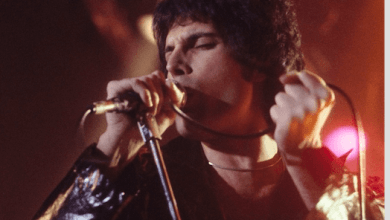Zagreb enjoys a rich cultural life. Around 30 theatres are active in the city, some with regular programmes, some occasional. Along with some 30 museums, a large number of galleries and many theatre, music and dance festivals all combine to make Zagreb a city of art. From classical to alternative, from amateur to professional, from private to public, these different artistic outlets reflect the high level of cultural awareness.
The Croatian National Theatre is the national home of ballet, opera and drama. Of all the concert halls, the most prominent is the Vatroslav Lisinski, named after the composer of the first Croatian opera. Operettas and musicals, rock and pop operas can be found in the Komedija Theatre; quick-witted humour and satire are staged at Kerempuh, and contemporary productions are shown at Gavella, ZKM, ITD, and EXIT. It would be impossible to list every venue, let alone suggest the best – find one that suits you. Zagreb hosts many international cultural events.
The World Festival of Animated Film Animafest is the second oldest of its kind in Europe. The Music Biennial, the Dance Week Festival and Eurokaz, an international festival of modern theatre, bring performers from around the world to the stages of Zagreb. As we have already seen, the history, art and culture of Zagreb, Croatia and Europe are reflected in the architecture around the city, as well as in its varied museums. The Archeological Museum contains the mysterious mummy of a woman from Thebes in Egypt, wrapped in linen – the longest text in Etruscan still to be decrypted. The Zagreb City Museum brings a modern interpretation of historical events in the city from prehistoric times to the present day. The Museum of Arts and Crafts was founded together with a school in the same discipline in the second half of the 19th century, both established to preserve the traditional values of craftsmanship. A unique collection from different areas and periods has been on display at the Mimara Museum since the University Games were held in Zagreb in 1987.
The Strossmayer Gallery of Old Masters houses a collection of works by famous painters and is an essential stop for connoisseurs of European art from the 15th to 19th centuries. Nearby we find the Modern Gallery, in which works by every significant artist from the 19th and the 20th centuries are exhibited. Zagreb has also entered the 21st century with a new building for the Museum of Contemporary Art. In the Upper Town, the Klović Gallery is housed in a former Jesuit monastery. For emotion, raw life and symbolism, visit the Museum of Naïve Art, with its display of works by non-academic painters.
Nearby is the Atelier Meštrović, a gallery where sculptor Ivan Meštrović used to live and create work that marked the 20th century just as profoundly as Rodin’s. The circular pavilion that is now the Hall of Croatian Artists was built on the basis of his idea. These are only some of the venues and events to give you the flavour of the rich cultural life of the city.
SOURCE: Zagreb Tourist Board

